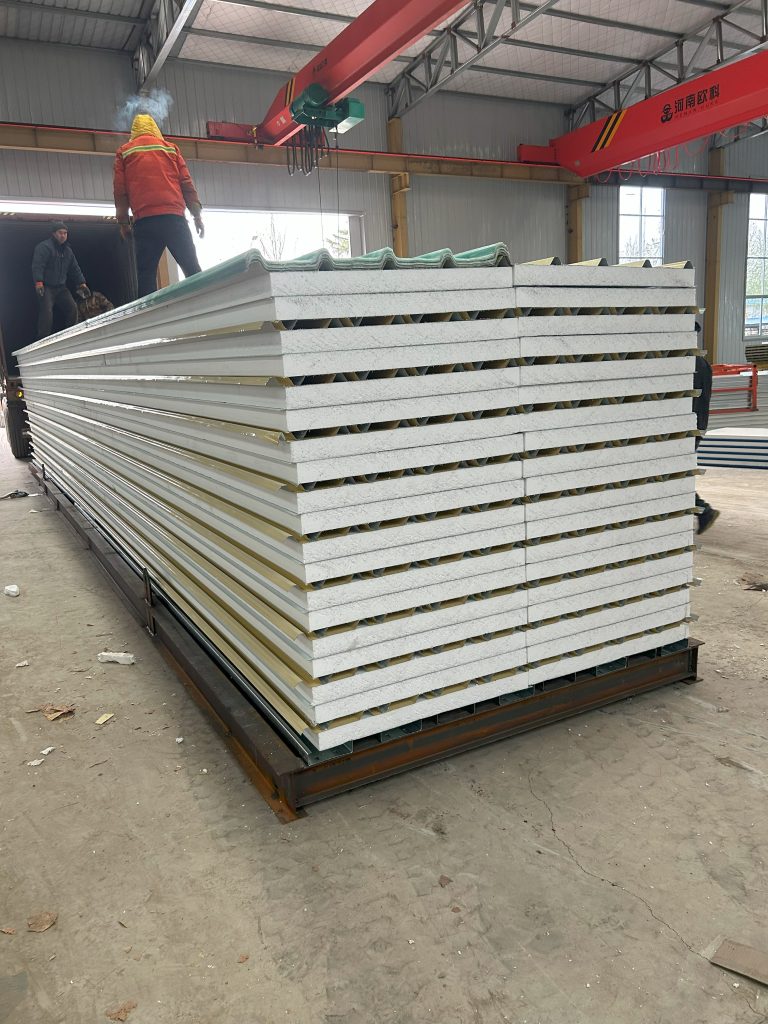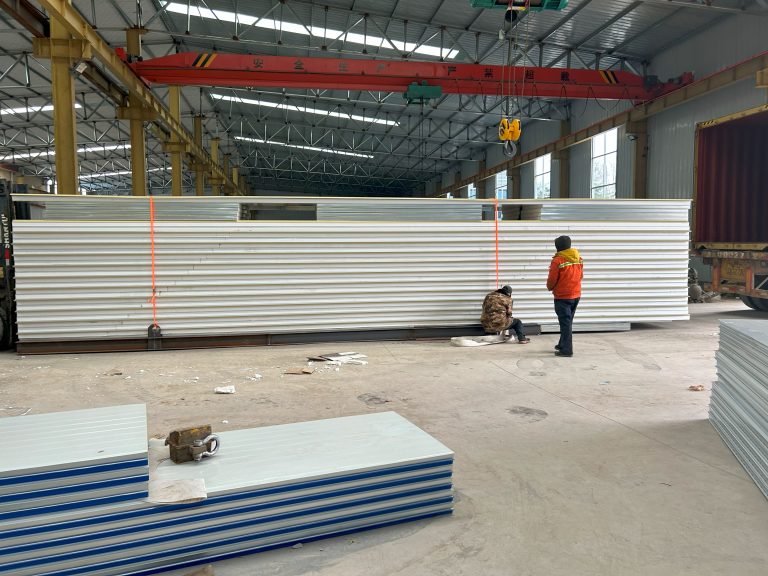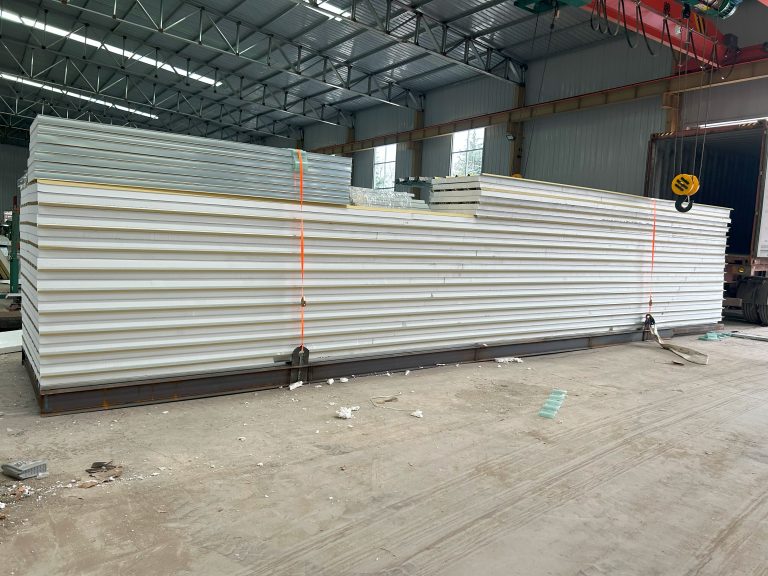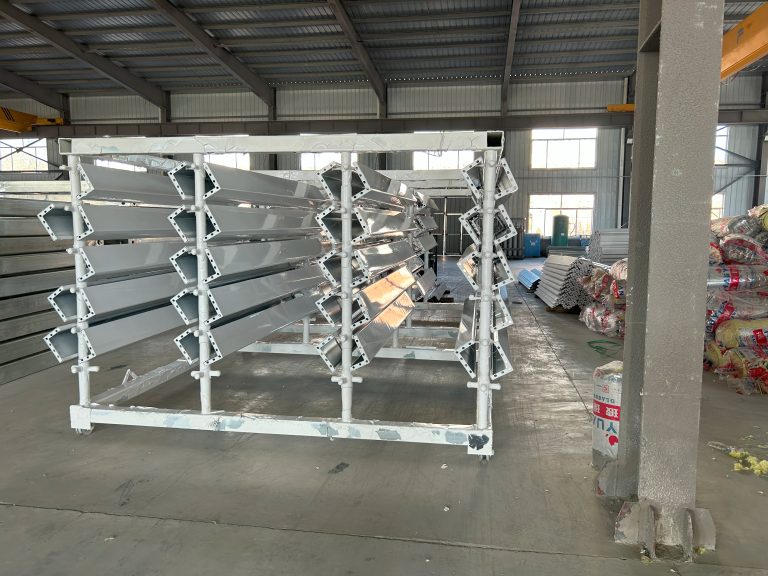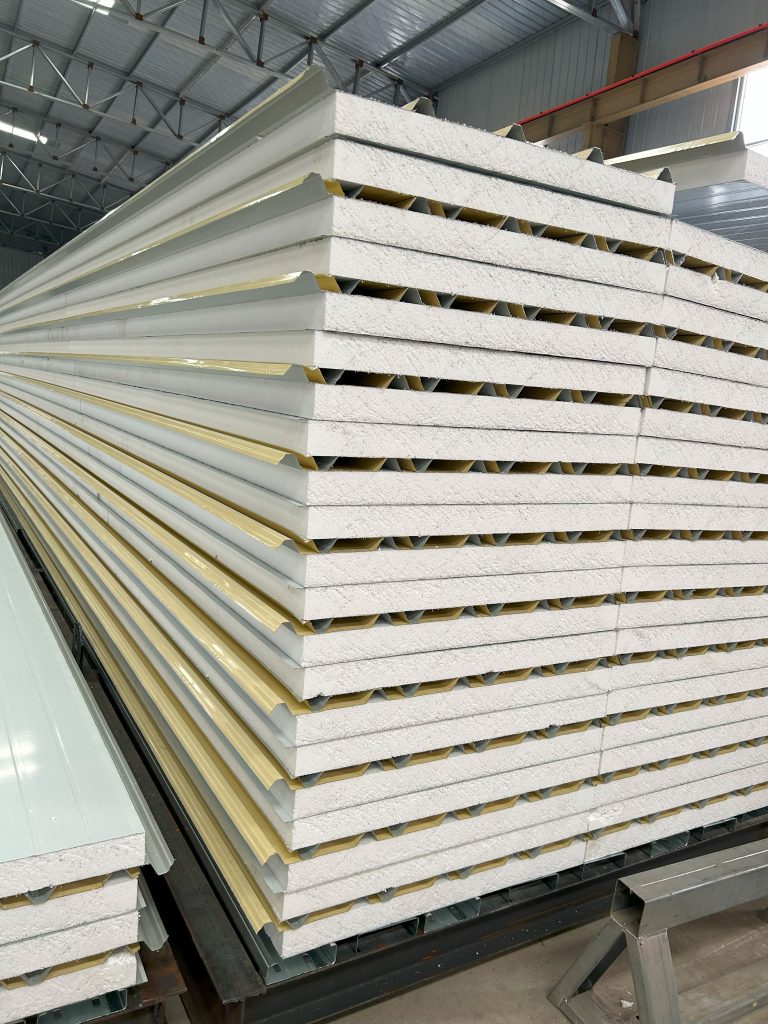The paper discusses the requirements of thermal insulation and refrigeration system in temporary cold storage and fresh storage of box house.
Inhoudsopgave
Importance of Thermal Insulation in Temporary Cold Storage
Thermal insulation plays a crucial role in maintaining the desired temperature inside temporary cold storage facilities. Whether it is for storing perishable goods or maintaining a specific temperature for certain processes, proper insulation is essential to ensure the efficiency and effectiveness of the refrigeration system.
One of the primary requirements of thermal insulation in temporary cold storage is to prevent heat transfer from the outside environment to the inside of the storage facility. This is especially important in hot climates where the ambient temperature can be significantly higher than the desired storage temperature. Without adequate insulation, the refrigeration system would have to work harder to maintain the desired temperature, leading to increased energy consumption and higher operating costs.
In addition to preventing heat transfer, thermal insulation also helps to maintain a consistent temperature inside the storage facility. Fluctuations in temperature can have a detrimental effect on the quality and shelf life of perishable goods, making it essential to have a stable and controlled environment. Proper insulation helps to minimize temperature fluctuations, ensuring that the stored goods remain fresh and safe for consumption.
Another important aspect of thermal insulation in temporary cold storage is its impact on the overall efficiency of the refrigeration system. By reducing heat transfer and maintaining a consistent temperature, insulation helps to optimize the performance of the refrigeration system, leading to lower energy consumption and reduced operating costs. This not only benefits the bottom line of the business but also helps to reduce the environmental impact of the storage facility.
When it comes to choosing the right insulation material for temporary cold storage, there are several factors to consider. The material should have a high thermal resistance, meaning that it is effective at preventing heat transfer. It should also be durable and resistant to moisture, as condensation can reduce the effectiveness of the insulation over time. Additionally, the insulation material should be easy to install and maintain, ensuring that it can be quickly and efficiently replaced if needed.
In addition to thermal insulation, the refrigeration system itself plays a critical role in maintaining the desired temperature inside temporary cold storage facilities. The system should be properly sized and designed to meet the specific requirements of the storage facility, taking into account factors such as the size of the facility, the type of goods being stored, and the desired temperature range. Regular maintenance and servicing of the refrigeration system are also essential to ensure its continued performance and efficiency.
In conclusion, thermal insulation is a vital component of temporary cold storage facilities, helping to maintain the desired temperature, reduce energy consumption, and optimize the performance of the refrigeration system. By choosing the right insulation material and ensuring proper installation and maintenance, businesses can create a stable and controlled environment for storing perishable goods and other temperature-sensitive products. This not only benefits the quality and shelf life of the stored goods but also contributes to the overall efficiency and sustainability of the storage facility.
Designing an Efficient Refrigeration System for Fresh Storage in Box Houses
When it comes to designing a temporary cold storage or fresh storage solution in a box house, one of the key considerations is the thermal insulation and refrigeration system. These two components play a crucial role in maintaining the desired temperature and humidity levels to ensure the freshness and quality of the stored goods.
Thermal insulation is essential in preventing heat transfer between the interior and exterior of the box house. Without proper insulation, the temperature inside the storage unit can fluctuate, leading to spoilage of perishable items. To achieve effective thermal insulation, it is important to use high-quality materials that have low thermal conductivity. Common insulation materials include foam panels, fiberglass, and reflective foil.
In addition to thermal insulation, a reliable refrigeration system is necessary to regulate the temperature inside the storage unit. The refrigeration system works by removing heat from the interior of the box house and releasing it outside. This process helps to maintain a consistent temperature, which is critical for preserving the freshness of fruits, vegetables, and other perishable items.
When designing a refrigeration system for fresh storage in a box house, it is important to consider the size of the storage unit, the type of goods being stored, and the ambient temperature. The refrigeration system should be able to handle the cooling requirements of the storage unit without consuming excessive energy. It is also important to ensure that the system is properly insulated to prevent heat loss and improve energy efficiency.
One of the key components of a refrigeration system is the compressor, which is responsible for circulating refrigerant through the system. The compressor should be sized appropriately to meet the cooling requirements of the storage unit. In addition, the evaporator and condenser coils should be designed to maximize heat transfer and improve the overall efficiency of the system.
Another important consideration when designing a refrigeration system for fresh storage in a box house is the type of refrigerant used. It is important to choose a refrigerant that is environmentally friendly and has a low global warming potential. Common refrigerants used in refrigeration systems include R134a, R404a, and R410a.

In addition to the refrigeration system, proper ventilation is also important in maintaining the freshness of the stored goods. Adequate ventilation helps to remove excess moisture and prevent the growth of mold and bacteria. Ventilation can be achieved through the use of exhaust fans, vents, and air ducts.
Overall, designing an efficient refrigeration system for fresh storage in a box house requires careful consideration of thermal insulation, refrigeration components, and ventilation. By ensuring that these components are properly designed and installed, it is possible to create a storage solution that maintains the freshness and quality of perishable items. With the right design and equipment, a box house can serve as an effective temporary cold storage or fresh storage solution for a variety of goods.

